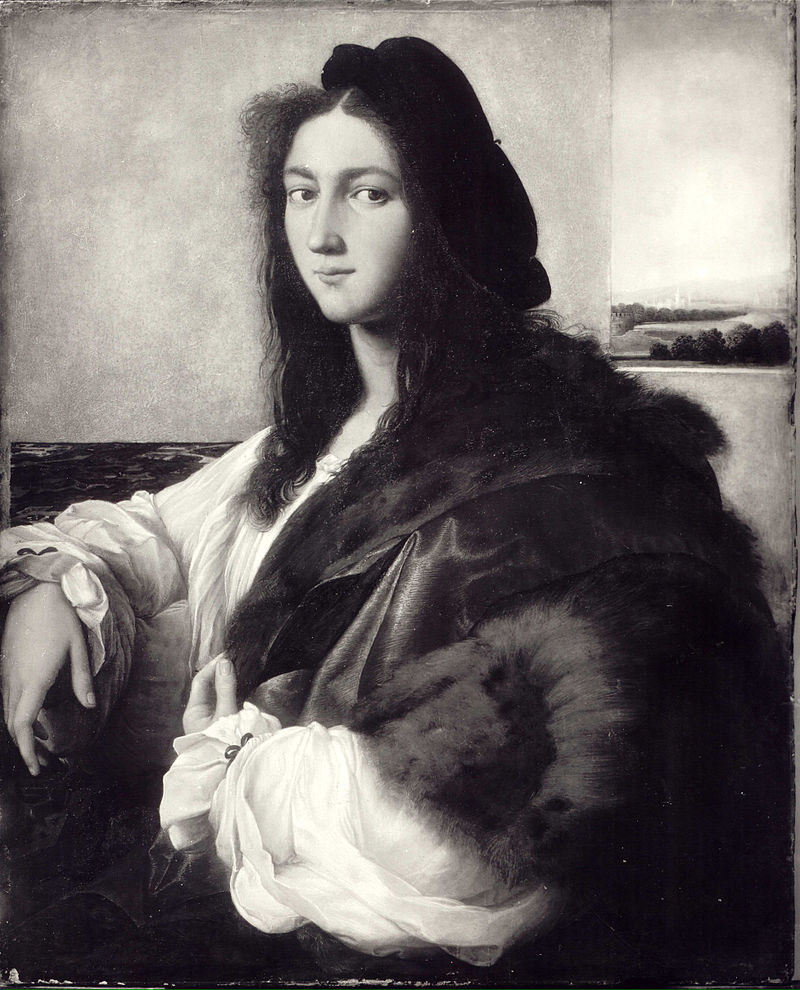Historians and art historians equally agree that it would be difficult today to name a country other than Poland that lost the lion’s share of its cultural heritage because of wars. The greatest loss in this respect occurred during the Swedish invasion of 1655 and the Second World War.
Although there were numerous robberies of works of art in the history of the Poland state up to the 17th century, it was only during the Northern War (1655-1660), known in Polish historical tradition as the Swedish Deluge, that Poland experienced the mass deportation of the resources of Polish libraries and archives.
The largest treasury of Poland’s most famous works of art at the time was the Royal Castle in Warsaw. The collections were enlarged primarily by kings Sigismund III Vasa and Ladislaus IV. They enriched the royal collections with antique sculptures, paintings, fabrics, carpets, weapons and old prints and manuscripts, as well as various jewels. The entire collection was seized by the Swedish army in 1655, looting the Polish lands completely together with the Transylvanian and Brandenburg armies. King Carl Gustav and his henchmen plundered Poland to such an extent that few monuments from the Baroque era have survived to this day. It is not without exaggeration that experts on the subject stress that during the two years of the enemy’s presence in Poland, the country became a cultural desert. A total of seven ships of war booty, mainly works of art, were taken away during this time.
Warsaw suffered the most out of all Polish cities and cultural centres. Acts of looting were fuelled by hatred of Poland and the Poles – even the frames, wooden and stone floors of the Royal Castle were ripped off in search of treasures. The determination of the Swedes was so strong that all the existing 32 marble castle columns were also floated down the rivers to Sweden. Traces of the presence of enemy troops in the castle became the horse dung found everywhere….
Kraków experienced a similar fate. The Krakow cathedral was plundered seven times. The most barbaric act was committed by the governor of Krakow, General Paul Wirtz, who tore the silver plates off the outer coffin of St Stanislaus himself. The tombs of the kings were also opened, and valuables robbed from them. However, the plunderers did not manage to find the contents of the Crown Treasury, which had been taken away in advance and hidden in Silesia. The Wawel arrases also survived.
The spoils of war formed the basis of the university library that was then being created in Uppsala. Today we know that they came mainly from the library of Jan Kazimierz in Warsaw, the book collections of Jesuit colleges in Poznan, among others, and the libraries of the Warmian bishops. A significant part of this Polish collection remained in Uppsala and never returned to Poland.
Another great wave of looting of Polish cultural property occurred in Poland with the outbreak of the Second World War. The Germans differed from all other wartime looters in that they created a semblance of legality under the occupation law by robbing the Polish state of its cultural heritage. For as early as 16 December 1939, a decree appeared in the General Government on the general confiscation of artistic objects within its territory. Thus, under the occupation law, the possession of ‘cultural property’, including even family and historical memorabilia dating from before 1850, was prohibited.
The systematic and indiscriminate nature of the search for the most valuable artefacts to loot Polish institutions had very tragic results, as the Germans carried out these actions very systematically, even issuing the receipts. Such a document was issued, for example, to the Czartoryski family, but also to the directors of some museums. All possessions were temporarily collected by the occupants at the Jagiellonian Library.
After they were transported to the library building, an inventory of the loot was made, selecting over 500 of the most valuable pieces, including 88 from the Czartoryski collection. The most valuable was the painting “Portrait of a Young Man” by Raphael Santi. All works were described and photographed. This action culminated in a document entitled ‘Sichergestelte Kunstwerke im Generalgouvernement’. This was a catalogue of ‘secured’ works of art in the General Government. It is noteworthy that no other occupied country had an inventory of seized goods of this kind produced. It was even published in print in 1940, albeit in a small edition, but it is nevertheless noteworthy that it represented a high editorial level, meaning that the German collectors at whom it was aimed were not at all ashamed of the fact that the works of art had come from wartime looting. The catalogue was accompanied by elegantly bound portfolios containing 478 photographs.
The most important person responsible for the German looting in occupied Poland was Kajetan Mühlmann (1898-1958), an Austrian art historian, head of the Main Department of Science and Education of the General Government. He was part of an informal group, known as the “Dienstelle Mühlmann” (Mühlmann’s office), which dealt in stolen works of art in Austria, Belgium, France, the Netherlands, and Poland, including pieces belonging to Jews. After the war, he escaped responsibility. He made a living as an art dealer and was called by American journalists “one of the greatest art looters in the history of human civilisation”, but also “the most intransigent Nazi in the group of looters targeted for American investigation during the summer of 1945”.
Parallel to the German looting, similar actions were undertaken by the Russians during the Second World War.





